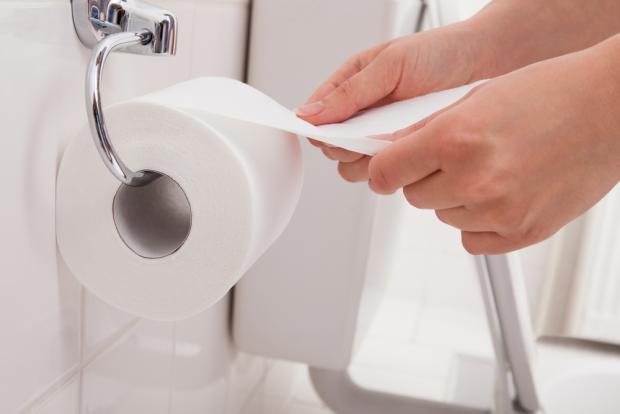
Breaking News
 Who Is ?@NickShirley?? | PBD Podcast | 710
Who Is ?@NickShirley?? | PBD Podcast | 710
 20 Cozy Ways to Celebrate New Year's Eve at Home
20 Cozy Ways to Celebrate New Year's Eve at Home
 The methylation switch: Scientists identify diet that can turn back the cellular clock
The methylation switch: Scientists identify diet that can turn back the cellular clock
 Americans are slaves for the wealthy elite's that write legislation along side corporations...
Americans are slaves for the wealthy elite's that write legislation along side corporations...
Top Tech News
 Laser weapons go mobile on US Army small vehicles
Laser weapons go mobile on US Army small vehicles
 EngineAI T800: Born to Disrupt! #EngineAI #robotics #newtechnology #newproduct
EngineAI T800: Born to Disrupt! #EngineAI #robotics #newtechnology #newproduct
 This Silicon Anode Breakthrough Could Mark A Turning Point For EV Batteries [Update]
This Silicon Anode Breakthrough Could Mark A Turning Point For EV Batteries [Update]
 Travel gadget promises to dry and iron your clothes – totally hands-free
Travel gadget promises to dry and iron your clothes – totally hands-free
 Perfect Aircrete, Kitchen Ingredients.
Perfect Aircrete, Kitchen Ingredients.
 Futuristic pixel-raising display lets you feel what's onscreen
Futuristic pixel-raising display lets you feel what's onscreen
 Cutting-Edge Facility Generates Pure Water and Hydrogen Fuel from Seawater for Mere Pennies
Cutting-Edge Facility Generates Pure Water and Hydrogen Fuel from Seawater for Mere Pennies
 This tiny dev board is packed with features for ambitious makers
This tiny dev board is packed with features for ambitious makers
 Scientists Discover Gel to Regrow Tooth Enamel
Scientists Discover Gel to Regrow Tooth Enamel
 Vitamin C and Dandelion Root Killing Cancer Cells -- as Former CDC Director Calls for COVID-19...
Vitamin C and Dandelion Root Killing Cancer Cells -- as Former CDC Director Calls for COVID-19...
About RVing - Toilet Paper 101

RV Sewage Systems
Let's focus on the black-water holding tank only for this discussion. That holding tank is normally located directly below the toilet. When you flush the toilet, the waste and flush water drops directly into the black tank— a simple and effective gravity-drop system—like an old outhouse or newer "porta-potty." A few RVs are manufactured with a "pumping-type" toilet that has to pump the waste from the toilet horizontally a short distance to the tank. Called a "macerator" toilet, with this, you no longer have a simple gravity-drop system plus you have a system that will use a lot of water. The macerator toilet is in any RV when the toilet is not positioned directly over the black tank. This is most common in RVs with a rear bathroom. The rear toilet must pump the flush to the black tank. This system is not conducive to extensive boondocking due to its excessive use of water.
Your RV's black tank works like the septic tank system found in homes that are not hooked up to a municipal sewer system. That is, the waste and water from the flush goes into a holding tank where it breaks down. (At a house, this holding tank is called the "septic tank" and in the RV, it's called the "black tank.") For a home, it is slowly leached or dissolved into the earth. For an RV, you must physically "dump" or empty the black tank when it is nearly full.
The size of the black tank is directly proportional to the size of the RV. Simply, the larger the RV, the larger the black tank. Now, the larger the black tank, the longer you can go without dumping. This is part of your RV being "self-contained" or fully usable without being "hooked up" or connected to utilities.
RV Toilet Paper
The toilet paper designed for use in RVs is manufactured so that it "breaks down" or dissolves easily and rapidly. There are two different "messages" to look for on the packages of toilet paper that indicates it will be okay to use it in an RV. One, and the most obvious, is something like, "Safe for RV use" or similar statement. The other message is more subtle and is usually something like, "Safe for Septic Systems." The rule of thumb is that if the toilet paper is safe for use in home septic systems it will be okay in RVs.
Toilet paper branded and sold specifically for RVs is available at many RV dealers, camping supply stores, and some retail stores. Wal-Mart also carries it.



